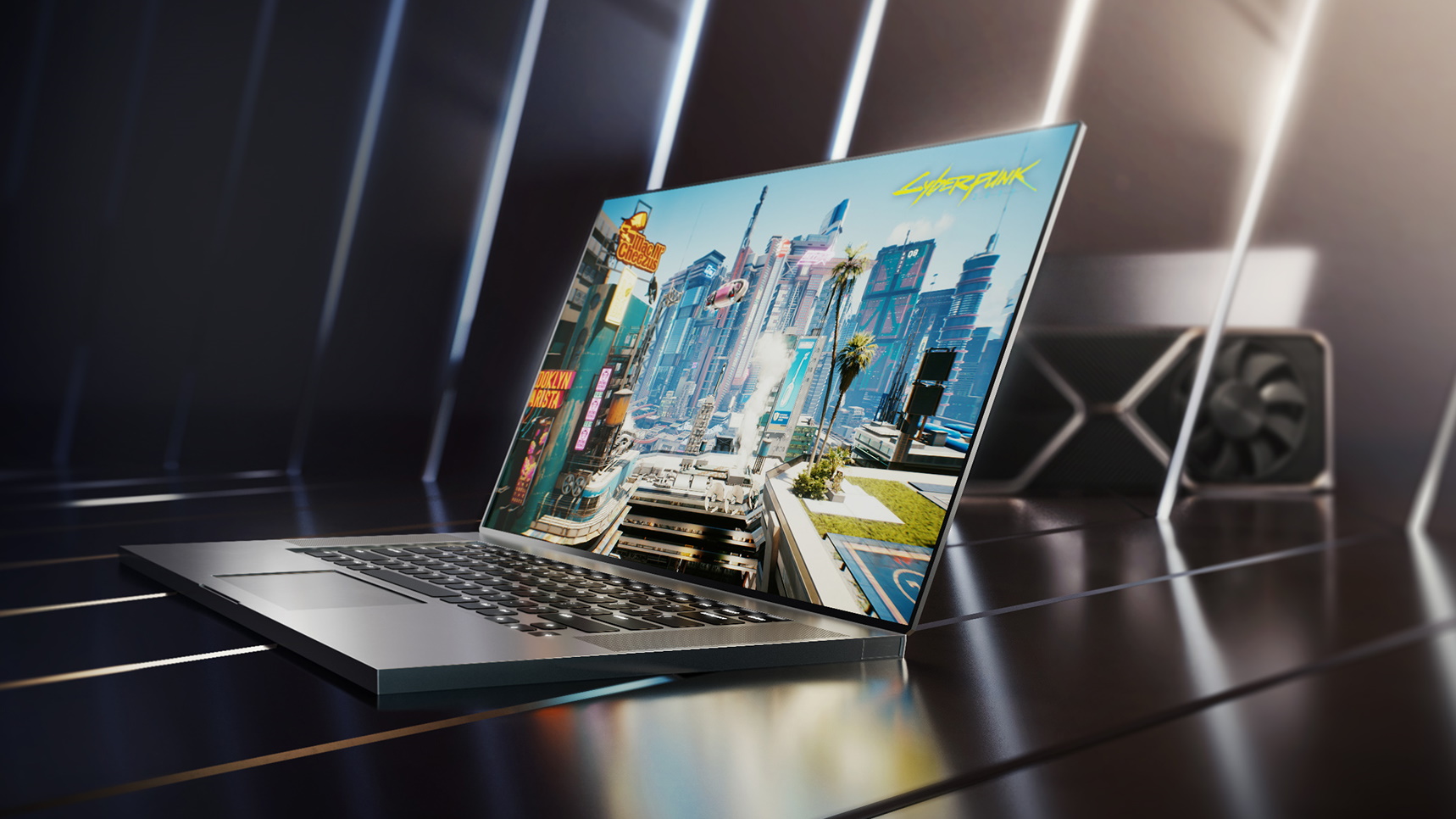Nvidia is making it less confusing to buy an RTX 30-series gaming laptop
The firm will require OEMs to list performance specs on product pages

Nvidia will require OEMs selling RTX 30-series laptops to inform buyers about the level of performance they can expect.
When RTX 30-series laptops started shipping earlier this month, Nvidia found itself in hot water over the fact that it was no longer adding “Max-Q” labels to the less-powerful, more power-efficient variants of its laptop GPUs - making the laptop buying process more confusing for consumers.
However, the has company confirmed to The Verge that going forward, it will be mandatory for laptop makers to disclose specific clock speeds and total graphics power on product pages in order to make the process of buying a gaming laptop more transparent for consumers.
- Nvidia to fix RTX 3000 GPU stock issues by launching...the GeForce RTX 2060?
- Where to buy Nvidia RTX 3060 Ti: find stock here
- We'll show you how to build a PC
Clearing things up
Nvidia added that OEMs won’t have to specify whether a chip is a Max-Q variant, noting that “Max-Q is no longer part of the GPU name.”
While the Max-Q branding previously made it easy for buyers to see that they were getting lower clock speeds in order to suss a laptop’s general performance, it’s now used to show that an RTX 30-series laptop comes with additional efficiency features, such as Whisper Mode 2 and Advanced Optimus.
“We’re requiring OEMs to update their product pages to the Max-Q technology features for each GeForce laptop, as well as clocks and power — which communicates the expected GPU performance in that system,” Nvidia said in a statement.
Nvidia’s decision to require OEMs to display specific performance information will no doubt be welcomed by buyers, who will be able to make a more informed laptop purchase.
Get daily insight, inspiration and deals in your inbox
Sign up for breaking news, reviews, opinion, top tech deals, and more.
As noted by The Verge, it will also help buyers understand how it’s possible, for example, that the the RTX 3070 in MSI’s GP66 Leopard outperform the RTX 3080 graphics card in the MSI GS66 Stealth.
Nvidia says OEMs have already began adding this information to their online product pages. At the time of writing, Asus and Gigabyte have updated their pages, with the likes of MSI and Razer yet to follow suit.
Carly Page is a Freelance journalist, copywriter and editor specialising in Consumer/B2B technology. She has written for a range of titles including Computer Shopper, Expert Reviews, IT Pro, the Metro, PC Pro, TechRadar and Tes.
